10 Instructional Design Examples
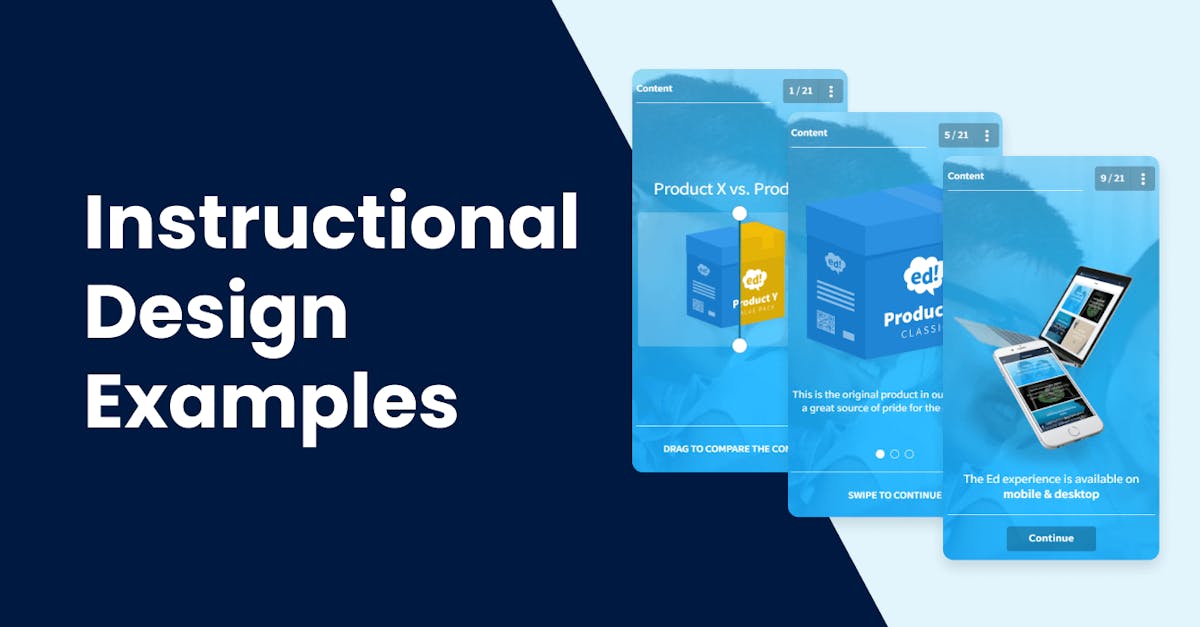
What is instructional design? Instructional design is the process of creating and designing learning products. It sounds simple on the surface, but it’s actually easier said than done. A good instruction design must be carefully crafted to ensure that learners will receive the best possible learning outcomes. In other words, it must be engaging and interactive, on top of being informative. Let’s have a look at some instructional design examples that you can include in your instructional design training that will help improve your learning materials.
1. Microlearning
Even the best instructional design books will tell you microlearning is essential to instructional design. Microlearning involves structuring learning materials into short and targeted segments that won’t take more than 20 minutes to complete. A buzzword in the world of instructional design, it’s deemed as one of the most effective ways to capture the attention of the millennial workforce, who are known for their short attention spans.
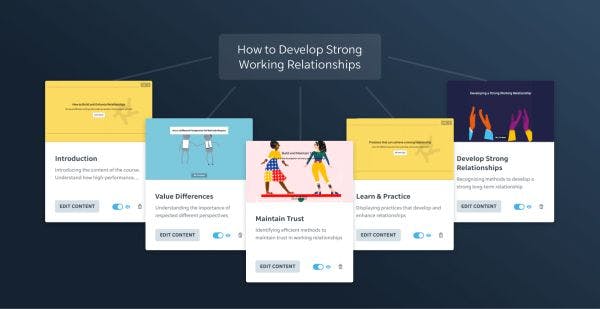
Microlearning allows learners to absorb a small amount of information instead of reading a large number of modules or watching hour-long video lectures. And since this instructional design example won’t overload them with too much content in just one sitting, it significantly results in higher learning retention and recall.
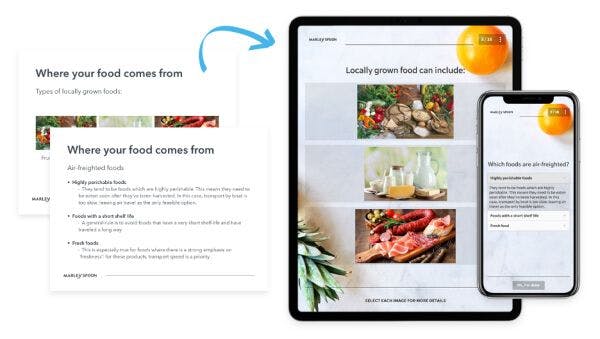
The marketplace has an array of platforms and training software that can help you build and design your bite-sized instruction material. Among the most recommended ones is EdApp, an award-winning instructional design platform that aims to revolutionize the world of work for the better.
It takes pride in its drag-and-drop creator tool, which houses 80+ interactive templates that have been structured to follow a microlearning approach. It’s so easy and intuitive that you can design your microlearning content in the morning and distribute it right away in the afternoon.
Sign up for Free* and Start Using The Best Instructional Design Platform!
*Up to 10 seats.
2. Gamified Learning
Gamified learning is a popular instructional design example that uses gamification elements to make a learning product more engaging and interactive. The idea is to deliver instructional materials in the form of games, like jumbles, finding a word, or true or false, to overcome the boring and monotonous aspects of learning.
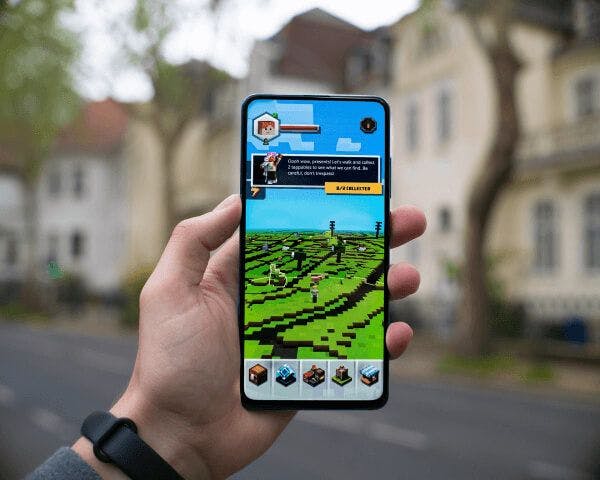
This instructional design example regularly sees completion rates of up to 90%, which is far higher than a traditional courseware. This is primarily because gamified learning turns your core content into a game context, which is undoubtedly more fun and engaging than just a simple PDF or PowerPoint presentation.
With EdApp, gamifying your instructional material doesn’t have to be expensive or time-consuming. It has in-built game templates ready to be populated with your learning content – no programming or coding needed.
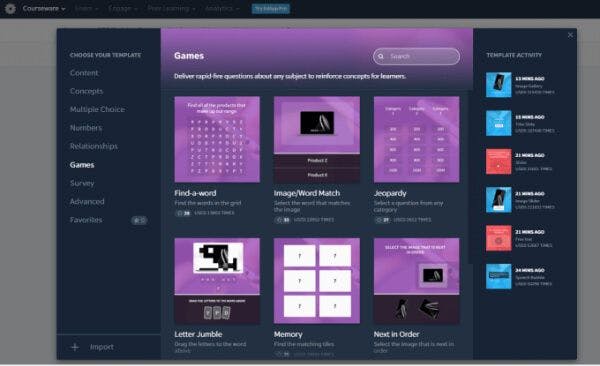
3. Story-based design
Storytelling in instructional design typically includes a storyline or narrative, which aims to put learners in a relatable scenario. It brings life to otherwise boring information and static data that most learners will never bother to read anyway. Adding story elements and anecdotal evidence pique the interest of learners, resulting in higher participation and engagement rate. They also trigger emotions and motivate learners to work even harder and perform better.

Planning to spice up your training with storytelling? Applying this instruction design example to your learning product isn’t exactly rocket science, and it can be learned through training and exercises. Browse our list of free storytelling training courses to find the best training that will help expand your knowledge of storytelling and learn how to put it into practice.
4. Scenario-based learning
Scenario-based learning (SBL), as its name suggests, leverages interactive scenarios or real-life situations to impart knowledge. This instructional design example is mostly used for topics that are too complex to explain in a course. While it sounds relatively similar to storytelling, scenario-based is more direct and realistic. It’s non-linear, plus it often involves real-world examples where learners are allowed to provide their feedback, apply their knowledge, and practice their skills. Placing them in realistic situations increases the likelihood of them engaging with your instructional material and grasping the concepts better.

One good example is by recreating real-life scenarios through Virtual Reality (VR) technology. This scenario-based learning brings learners into a 360° learning environment, engaging them in practical, hands-on training activities. Here, they can exercise their skills in an artificial landscape, and experience the direct result of their actions, both good and bad. VR learning, however, usually comes costly. If your budget is limited, you may also opt for simple videos, images, and animation to present real-life scenarios to your learners.
5. Infographic
What is an instructional designer without creating impactful graphics and designs? An Infographic, in the context of instructional design, is a visual representation of data and statistics. This instructional design example walks learners through certain topics and data with the help of visual elements like images, charts, and text elements. The popularity of an infographic has gained a meteoric rise in the world of learning and development because of its ability to present and explain cumbersome topics and processes in a concise and highly engaging manner. And since it’s easier on the eyes than a heavy-text PDF or module, it captures learners’ attention and allows them to digest the information easily.
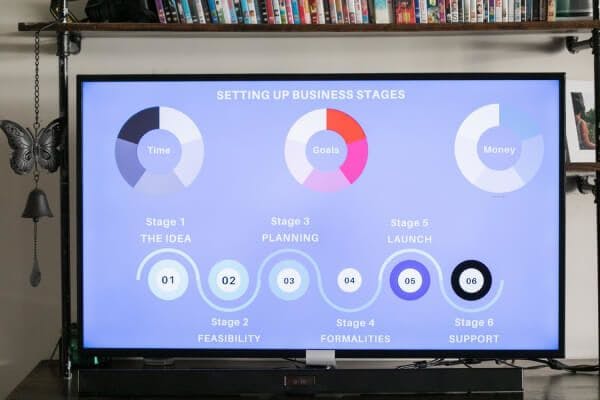
An infographic template is a pre-designed visual layout that provides a framework for creating infographics. Infographic templates can include placeholders for text, images, charts, and other design elements. They are usually created by graphic designers or specialized software and are intended to simplify the process of designing an infographic.
6. Screencasting
Screencasting is the process of recording all your activities and images on your computer or tablet screen. An audio recording, sound effects, and music tracks can be added to your video file to make it more engaging and compelling. This instructional design example is commonly used to demonstrate a procedure, show how a software program works, or explain a concept using PowerPoint slides.
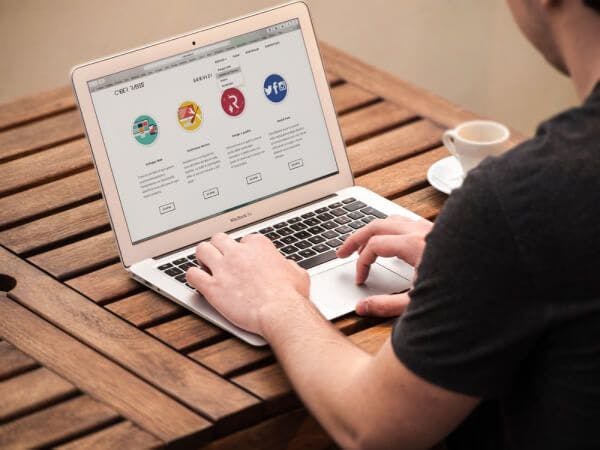
Screencasting allows learners to learn by example, making it easier for them to remember a concept. It’s also an efficient way to get them up to speed on their work as it eliminates the need to repeatedly go over a topic or process. Yet the best part? These video recordings can be re-watched as often as needed to understand the content. They can even use it as a reference whenever they have questions or clarifications.
7. Guided learning
The idea behind guided learning is that learners are in control of their learning, and they are simply guided by their supervisors or more experienced colleagues. Here, the roles of instructional designers are limited to giving advice and answering questions. The direction of your crew’s learning outcome is heavily dependent on their initiative and capacity. A sample situation or problem can also be provided, where learners will get to find out the solutions themselves.

The major benefit of this instructional design example is that it opens the room for independence. Without much intervention from an instructor, learners will be encouraged to think and act on their own. Adopting a guided learning process will also stimulate their minds and allow them to think critically. This, in turn, will inspire them to invest and engage better with your instructional materials.
8. Case study
A case study is a good instructional design example that can be used to develop and improve a learner’s problem-solving skills. It makes use of open-ended situations or scenario-type cases with multiple solutions, and learners get to work either in groups or individually to solve these cases. Sometimes it shows examples of bad design in everyday life to help designers come up with better designs.

The outputs needed for this instructional design example can range from a short paragraph essay to a fully-developed proposal. After the popularization of AI, it is better to double-check the content authenticity and use an AI detector for essays. Also, applying case studies in your learning materials encourages learners to think out of the box, which then improves their ability to solve and make decisions in complex situations.
9. Peer learning
Peer learning is an instructional design example that requires social interaction. Learning materials will be designed in a way that learners will have to collaborate and work together to understand a topic or solve a problem. Peer learning is closely tied to the constructivist training theory, which suggests that learning is best acquired through meaningful and relevant interactions with people of similar age, role status, or interests.

Among the benefits of an instructional design that’s based on peer learning includes the improvement of communication skills, self-confidence, and critical thinking skills. It also results in higher retention as learners are more likely to engage and explore ideas when they’re working with their peers.
10. Spaced repetition
Spaced repetition makes use of the spacing effect, a learning strategy that has been shown to improve learning retention. Instead of simply providing information to learners in one sitting, this instructional design example requires content to be distributed into key parts and delivered to learners at predetermined intervals. Spaced repetition aims to curtail the effects of Ebbinghaus’ Forgetting Curve theory, which states that human beings forget 80% of what they’ve learned in 30 days. By continuously retaking and revisiting a concept, learners will be able to keep processing the information and avoid forgetting it later on.

Should you wish to apply the spaced repetition technique to your training initiative, EdApp has the solution for you. Its add-on feature, Brain Boost, is engineered based on the science of spaced repetition. You may only access this tool by request.
The logic behind this feature is that it’ll automatically send your learners a series of quizzes in spaced intervals. The topics of these quizzes will be determined by the content of your instructional material, so you must first set up your courses before enabling this feature.
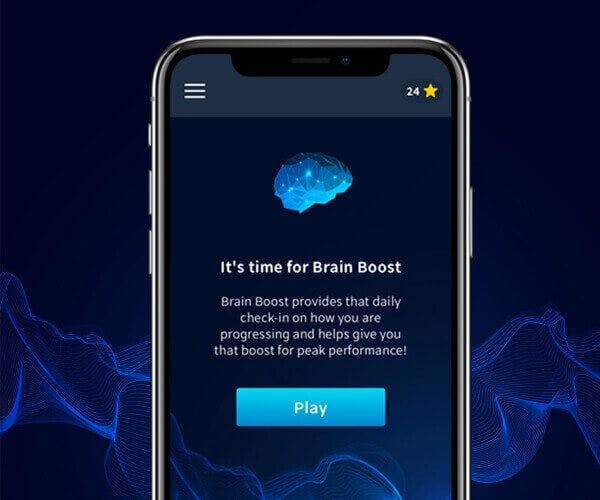
Join our blog newsletter
Author
Jeanellie Avelino
Jen is a learning expert at EdApp, a mobile-based training platform that helps corporates and businesses bring their training solutions to the next level. She carries an extensive writing experience in a variety of fields, including architecture, the gig economy, and computer software. Outside of work, she enjoys her free time watching her favorite series and documentaries, reading motivational books, and cross-stitching.
